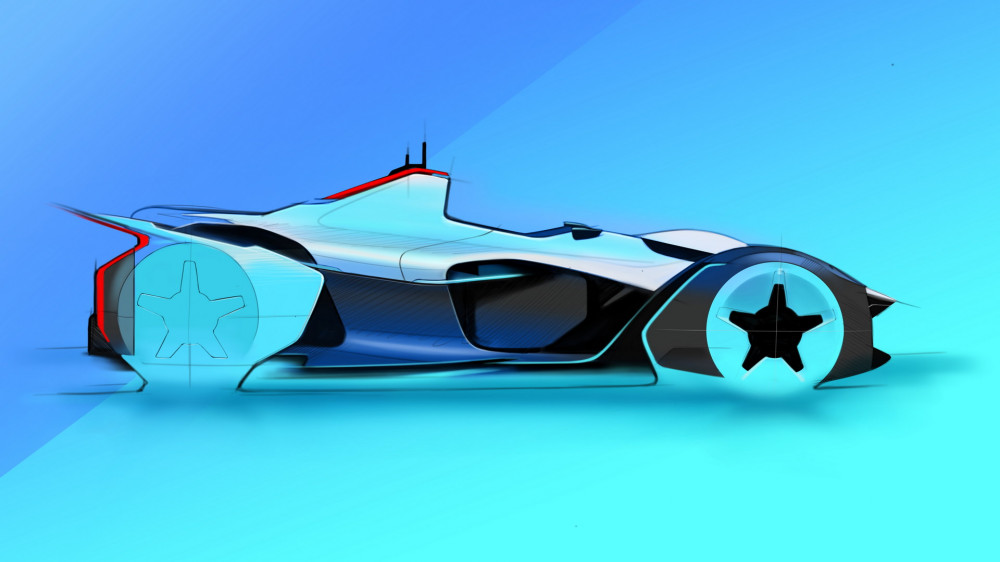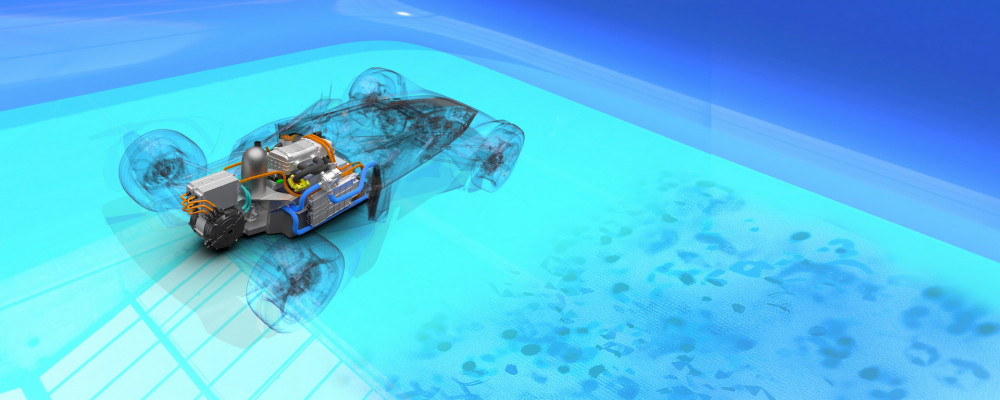BAC's Hydrogen-Powered e-Mono Concept Is Faster Than The ICE Mono R

by AutoExpert | 20 May, 2022
It's been a few months since BAC and Viritech revealed the FCEV version of the Mono, and now we have official specs for the single-seater. In the digital simulation process at Silverstone, the e-Mono outperforms the ICE-powered Mono R.
However, this is not an actual production vehicle, but an experiment to see how the track-focused sportscar could adapt to electric vehicles. Because a battery-electric Mono would be 50% bulkier due to the batteries, the FCEV answer was picked to keep the driver-focused characteristics.

The e-Mono is expected to weigh 328 lbs more than the ICE-powered Mono R, a figure that might be reduced to 220 lbs with a carbon fuel cell casing and a smaller battery module from Viritech, both of which are underway. The 1,444-pound weight is impressive for a zero-emission vehicle.
The e-Mono utilizes the frame of the conventional Mono, cleverly incorporating the fuel cell, hydrogen tang, and battery system. The fuel cell is positioned above the battery, while the compressor is concealed within the air intake pod. A few design modifications to the LED lighting units, air intakes, and aerodynamic components distinguish the e-Mono from the ICE-powered Mono.

The FCEV powertrain produces a total of 371 horsepower, with 264 horsepower going from the battery and 107 horsepower from the fuel cell. Moreover, a set of electric motors positioned on the front wheels provide all-wheel-drive capacity. In just over two seconds, the e-Mono goes from zero to 62 and reaches a max speed of more than 160 miles per hour.
The WLTP range is predicted to be 66 miles, however, BAC claims that under real-world conditions, the range is 40 miles. According to Neil Briggs, BAC Co-Founder and Director of Product Development, the firm is now seeking sufficient funding to move the e-Mono closer to manufacturing.


















